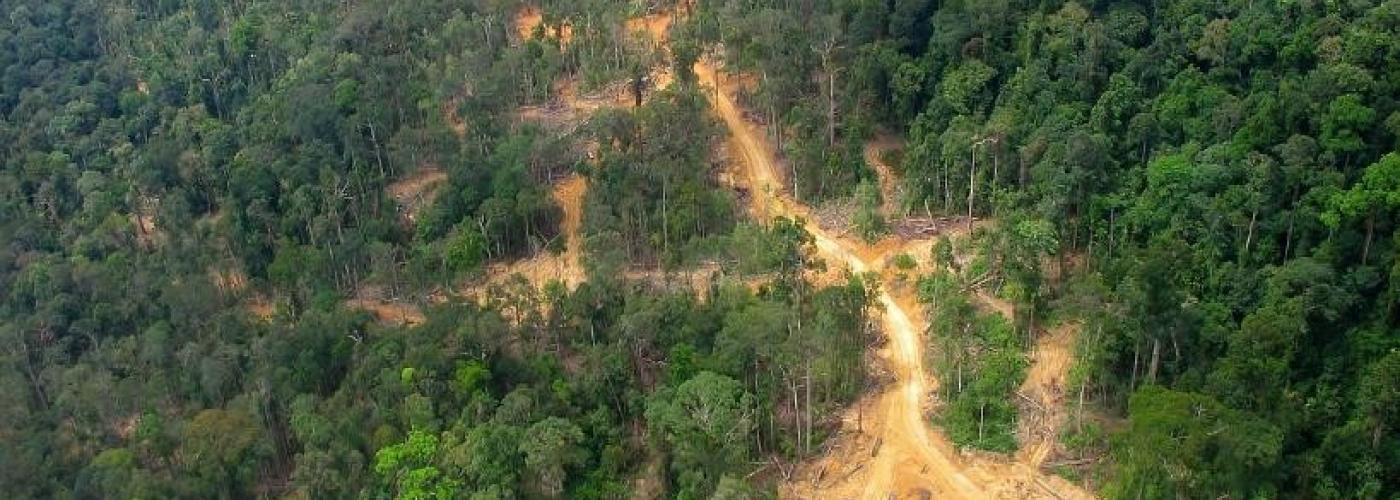The Impacts of Rural Road Development on Forests, Greenhouse Gas Emissions, and Economic Growth in Developing Countries
Image

This literature by the USAID Climate Economic Analysis for Development, Investment, and Resilience (CEADIR activity review examines rural road construction, improvement, and use in developing countries and impacts on forests, greenhouse gas (GHG) emissions, and economic growth. Equipment and construction practices in road development have direct effects on GHG emissions. Other direct effects include GHG emissions from increased vehicle traffic on the roads. Road construction and improvement also creates indirect emissions by stimulating the clearing or degradation of neighboring forests. Deforestation is correlated with the presence of roads in developing countries, particularly in the tropics.
Road construction and improvement increase direct GHG emissions from equipment and vehicle use, though direct emissions tend to be smaller than the indirect emissions from deforestation associated with the roads. The indirect emissions of roads from deforestation or forest degradation can be up to 10 times larger than the direct emissions. However, most studies have only considered the direct effects of roads on deforestation. Roads can also have positive and negative social impacts, including increased transmission of diseases and increased opportunities for education and health care.
This report includes a framework for a qualitative assessment of deforestation and forest degradation impacts based on road project attributes. It discusses methods to quantify the GHG emissions from deforestation and forest degradation and also offers recommendations for reducing these impacts. One important approach is to establish or improve protected forest area conservation. Improved road network planning and use of rail transport can also reduce the direct and indirect impacts of greater accessibility.

